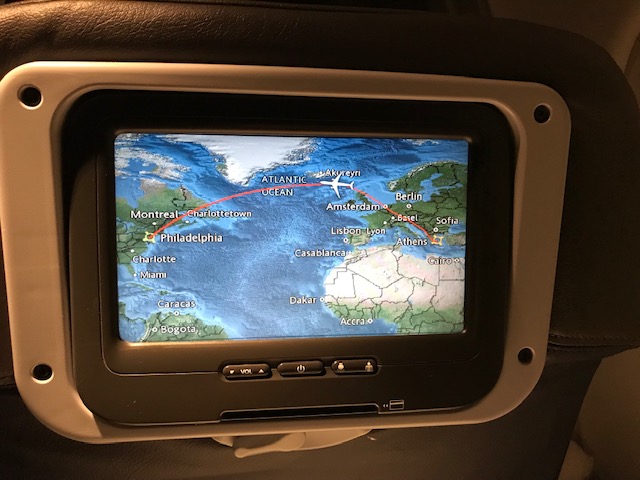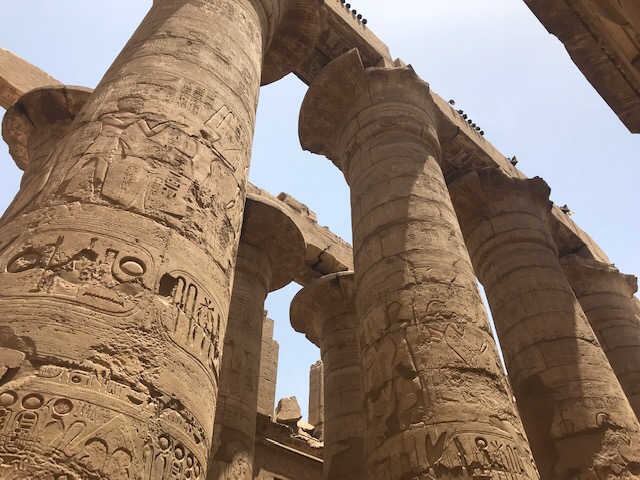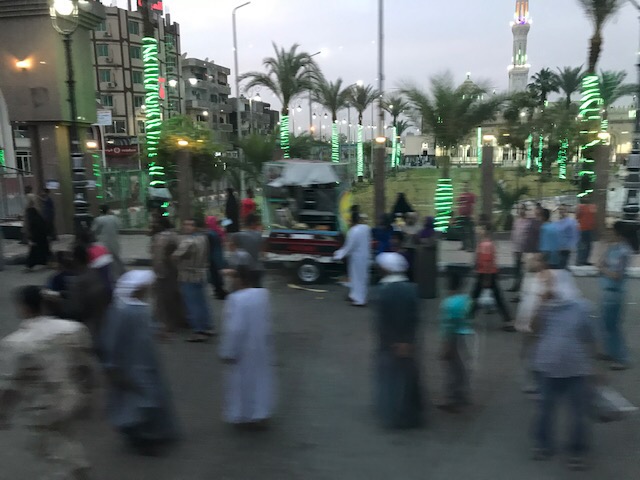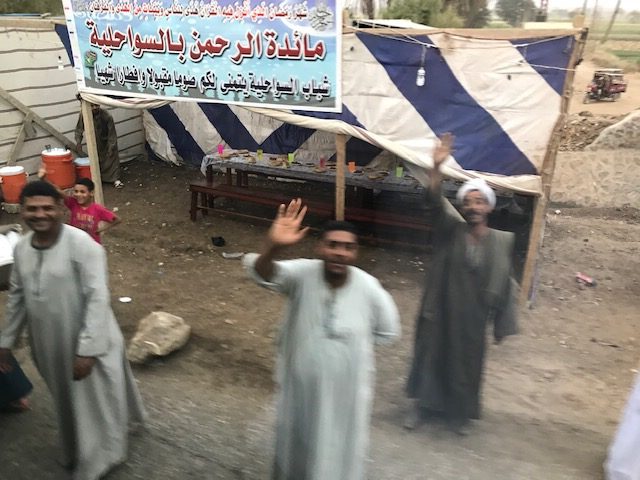
I am a few hours in to my flight back to San Diego from Athens and am writing somewhere over the Atlantic Ocean. I disembarked this morning and the ship already feels very far away.
It’s been an overwhelming five-plus months, since I flew to Singapore back on December 3. Last year— now it’s the middle of May already! One day has come and gone, replaced by the next one, and on and on. It doesn’t seem as if any time has passed at all, but yet, when I review everywhere I have visited my astonishment grows.
I visited in the last half year alone, 55 places in 21 countries, spread over 4 continents (6 if you count India and the Middle East separately). And that isn’t even counting the first eight months of my Years of Living Travelly, which started in South America, and took me to Europe, Africa, the Baltic, Alaska, Canada and the Eastern Seaboard of the US.
I don’t even know how many different lectures I have given since December, but my guess is over 40, the vast majority prepared from scratch in the year or so I spent getting ready for this.
I suspect people back home are going to ask me to rattle off various sorts of things—highlights, favorites, surprises, and the like, and I must admit I am dreading dealing with that, probably multiple times, when I am home. It’s rather like seeing someone you haven’t laid eyes on for twenty years and asking, “so, what have you been up to?” I hardly know what to say, but in the interest of practicing, here are a few standouts.
I was really surprised by how much I liked Asian cities. I fell in love with Hong Kong, and really enjoyed being in Singapore, Ho ChinMinh City, Yogyakarta, and Bangkok. Mumbai as well. I loved the bustle, and the foreignness of people selling strange street food, seeing pagodas instead of churches, and just experiencing how people go about their lives.
Another surprise was the beautiful Philippine Islands, and on the other side, discovering that I came to the Maldives too late to see the paradise I had pictured. And though I wasn’t bowled over by Bali, I think I can conclude with certainty that any country that grows rice (and I saw quite a few) is going to have loads of beautiful scenery.
I was saddened by the poverty I saw so many places, and sobered to learn that much of the hope for development is coming from Chinese investments. When the dust settles, China will effectively own many Asian countries, it seems, and the saddest part is that they are building for themselves and their convenience, not to improve the lives of the locals—resorts for Chinese tourists, roads and bridges to modernize these countries to make them more attractive to the Chinese. Built, in many cases, with imported Chinese workers, leaving the impoverished people of places like Sihanoukville, Cambodia (one place I observed this Chinafication) no better off.
Okay, I have my first batch of talking points taken care of, except to add that, as with any travel, I come back with more of a sense of human commonality, and with my heart—how can I put this?— a little closer to the surface. When a community suffers, I care a little more, both for places I have been, like Christchurch, and places I have not. I picture children playing, old people with wisdom written on their faces and troubles written in their bones, young people hanging out with their friends or playing their courtship games, people riding on rickety bicycles or motorbikes with impossible piles of just about everything (including extra people) heaped on board, women with their beautiful little ones in slings on their backs, and i wish health, safety, and happiness for them, along with everyone else making their way in this demanding, difficult, often terrifying and sometimes transcendently beautiful world.
What up next for me is six weeks of heavy lifting, as I prepare talks for Scandinavia and the Baltic this summer, plus a gig that will take me from Lisbon to London to New York in the fall. Further out, I am booked to return to Dubai in November to cross the Indian Ocean to Singapore and then spend about two months in Australia and New Zealand over the holidays, returning home in February 2020. No five- month stints, though. The longest is about three. My excitement for doing this is undimmed, and I can hardly wait for the next adventure. But for now, a few weeks in San Diego will be adventure enough!



